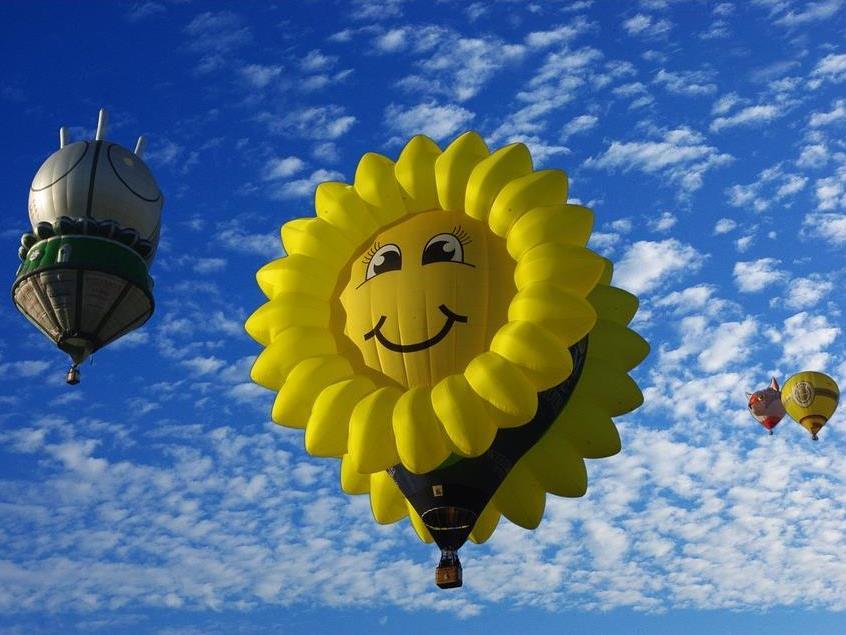There’s been a lot of hot air about funding the ABC and SBS in the latest budget. Image: Pixabay
Inertia rules across the Department of Communication and the Arts as the money truck never made it through the gate. The proof for this is in the detailed portfolio budget. The general arts budget copped a forensic belting from Artshub, but here we are looking at the impact specifically for the screen sector.
ABC and SBS
Our biggest concern is the ABC. Last year the Government froze the ABC budget for the next three years. Aunty’s own earnings dropped from $73m to $68.6m, tightening the screws a bit more.
In fact, the total budget for the ABC in 2019 grew from $1.126b to around $1.138b which includes an increase of $16m from the Government, which is about 1.5%. The official inflation rate is 1.8%.
According to the portfolio budget announcement, the Government has provided ‘$43.7 million to continue the enhanced news measure, supporting local news and current affairs in regional Australia in particular.’
The ABC has been very worried about losing that money, which provides a lot of rural services. It has been supported twice before as a three year spread, so this announcement is greeted with relief. It boils down to around $15m/year.
So that is the allegedly new money. But it has already been supplied for six years, so we strongly suspect that the Government has shifted it from one column to another. Fifield’s office did after all admit it is a continuing fund.
Our conclusion? Virtually no increase for the ABC, but a crucial income stream saved. Hot air.
SBS is a little more interesting. What the Government called ‘almost $29.6m over three years’ is fed into the ledgers. The cash does indeed show up, so the total funds from the Government next year rise from $281.726m to $290.054m. Not quite $10m but the ‘over three years’ gives them that wiggle room.
Then we discover that the estimated income (ads basically) for SBS will shift from $110.577m to $101.932m. So SBS loses revenue, and the extra $8.5m will be used to plug the gap. Add some other deficits to the list and we discover that the total revenue goes from $404.743m to $402.274m.
Which is a real loss of $2.5m. And the increase was already in the forward estimates so the Government’s approach to SBS has changed by absolutely nothing. Which has been represented as an increase, again. More hot air.
Where did this ‘extra’ money come from? In 2015 the Government tried to relax the rules about SBS advertising, and fed that revenue increase into a budget, but that provision failed in the Senate. Faced with a shortfall, the Government hastily added an extra line of revenue to cover the hole. This ‘new’ money continues that arrangement.
Screen Australia and the other agencies
The Government told the truth about Screen Australia. There are no new budget initiatives and the budget for the next financial year is identical to this one. Ditto the Australian Film, Television and Radio School (AFTRS), trapped on its income of $38.296m, up by $48,000 from this year.
The Australian Communications and Media Authority does well out of the budget. This year it has $123.75m, which rises to $128.777m. The increase in government funding is 5%.
The real loser
The National Film and Sound Archive (NFSA) has lost money. The total net resourcing drops from $32.43m to $29.474m, which is a hole of $3m. In an agency of this size, the total loss is 10%. The NFSA is unable to comment on this analysis.
Were we right about our predictions?
We certainly missed that horror moment for the NFSA. We had been told around the traps that the Government would have a $4bn surplus, giving it wriggle room to provide goodies in the election. In fact that surplus is said to be $7b.
Austrade did get its extra $60m to support the Export Market Development Grants scheme, which is said to give it enough money to satisfy current demand. That includes the applications from screen producers.
In addition, the Department of Home Affairs has been given $35m to deal with ‘foreign interference’, which could provide some logic to support local production. This is a long bow but it does bring the soft power argument to bear on cultural support, which is powerful in many other markets outside Australia.
On to the election
The next step is the budget reply from the ALP on Thursday night, with many pundits expecting an election to be called on Friday. We are still waiting for Minister Fifield to formally reply to the enquiries he initiated – he said he would and the announcement is overdue.
There are good reasons why the screen sector will not be a significant election factor. It is too small, too trendy, too confusing. If the Liberals surrender to commercial interests and remove or reduce quotas, it will be seen to toady to Murdoch and co. If the Labor Party commits to regulation, it will provoke a backlash.
Most likely is some sort of touchy feely funding announcement, probably late on, to fund the ABC and SBS. That too has its trendy connections, so the very best strategy might be a contestable fund for children’s television. Meanwhile, the Greens continue to support the screen sector and provide some public muscle.





